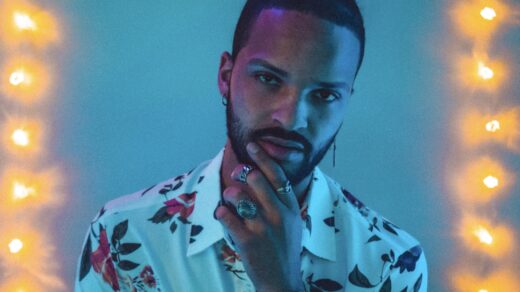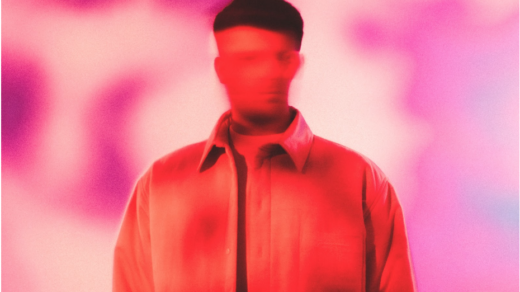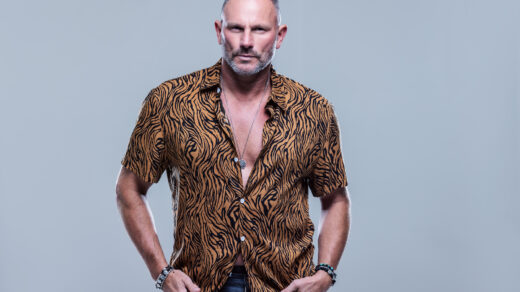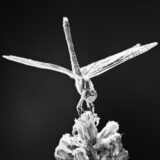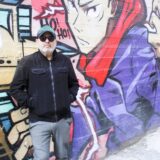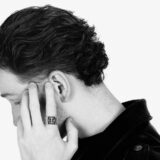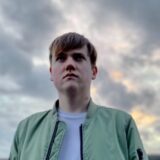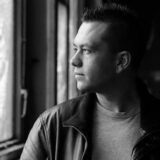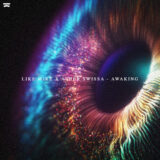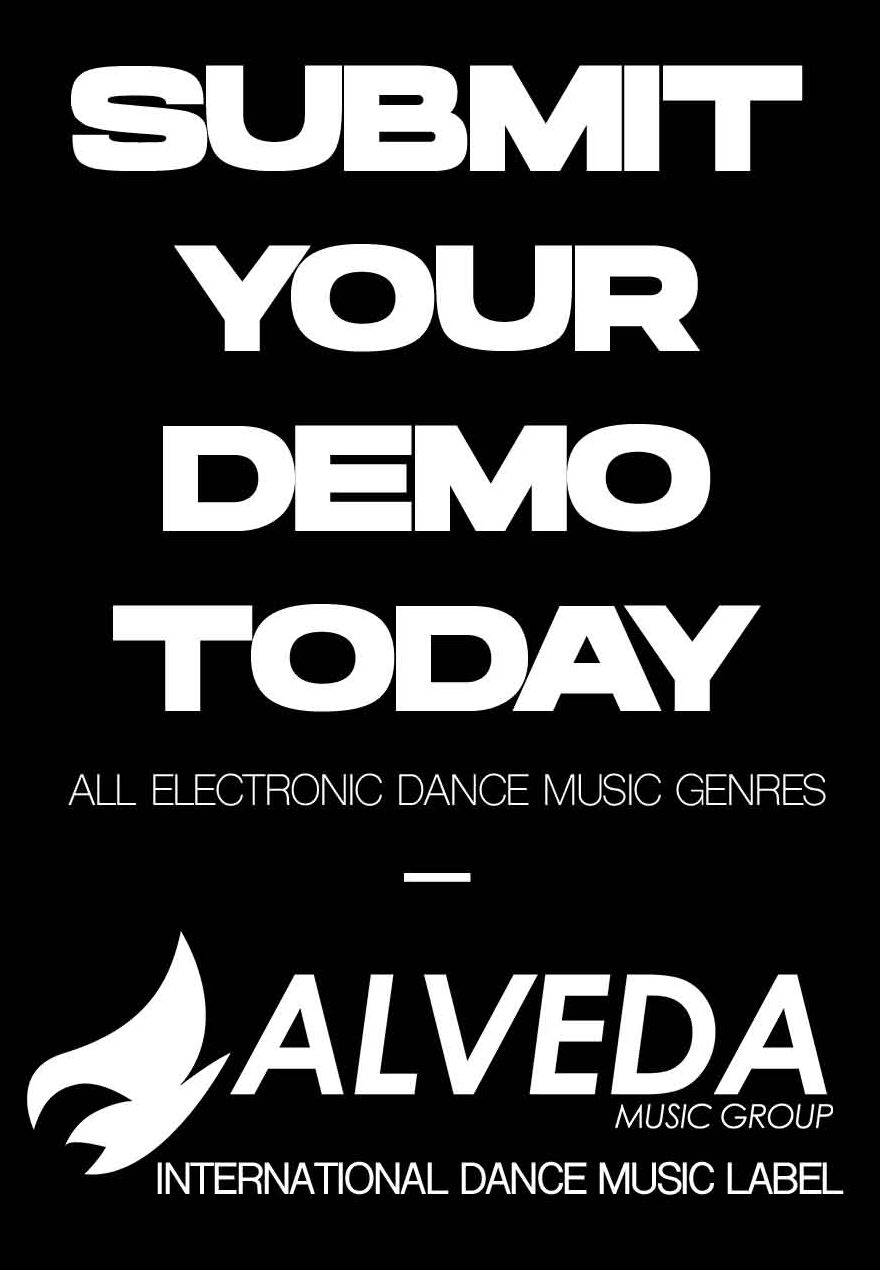“My work is inherently influenced by the experiences I live through” Alex Kislov interview
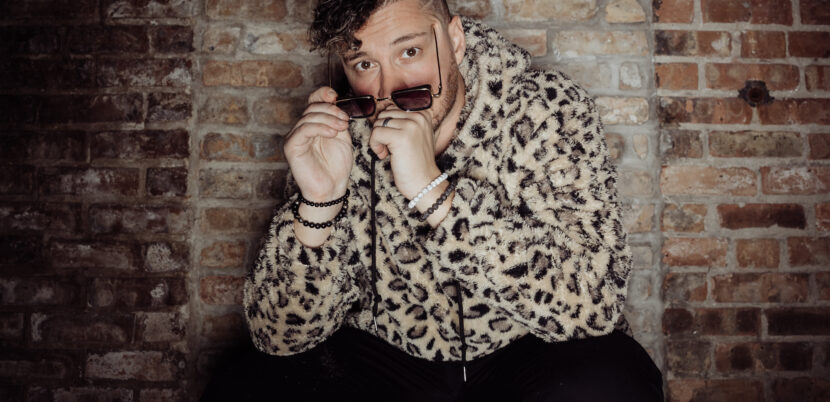
With the release of his debut album Dream Sequence imminent, Alex Kislov releases the latest single from the LP, Time Stops, straddling the boundary between deep, melodic and progressive house and accompanied by an incredible music video.
Alex Kislov has become a rising figure in Chicago’s electronic music scene. His sound, a mix of deep house, techno, and experimental rhythms, has landed him sets at venues like Radius and Spybar. Tracks like “This Is the Way” and “Want to Feel” have gained airplay on key radio shows and podcasts, with his collaborations drawing attention from leading music blogs.
Recently Kislov played one of the biggest gigs of his career at EVOL AFTERS Electric Forest afterparty, performing live to thousands of ravers, followed by multiple sets at Burning Man 2024.
New single Time Stops is indicative of the kind of quality you can expect from Dream Sequence. Stunning, evocative, deeply emotional synth lines are paired with slick, punchy beats, providing the perfect bed for a the spoken word vocal, reminiscent of the golden age of progressive house.
With the single and stunning music video out now, we caught up with Alex for chat.
Your new single “Time Stops” blends deep, melodic, and progressive house. How do you navigate these genres to keep your sound cohesive while still evolving?
My approach to developing my unique sound involves drawing inspiration from various genres and tracks that have resonated with me throughout my life. I appreciate the melodic components of progressive house, the basslines in tech house, and the simple yet powerful elements found in techno. The “vibe” of a song plays a crucial role, and I find that experimenting with different techniques, rather than focusing solely on cohesiveness, allows me to explore new ways of expressing my creativity. Ultimately, my sound evolves based on my emotions and mood, making each day a new opportunity to discover fresh sonic possibilities.
You’ve mentioned your production style involves layering and a careful balance of different influences like trance and drum & bass. How did this approach shape the sound of “Dream Sequence”?
“Dream Sequence” holds a special place in my heart as it encapsulates my deep-rooted affection for trance, progressive house, and melodically driven ambient music. The album is a culmination of my passion, with each track serving a unique purpose. Some are tailored for the energy and vibrancy of the dance floor, while others are designed to accompany more intimate moments, such as a sunset by the beach or daydreaming in the kitchen. As I crafted each piece, they began to form a sequence, mirroring the ebb and flow of a dream. Collectively, they create a cohesive puzzle that represents the entirety of “Dream Sequence.”
The Chicago electronic scene is competitive and inspiring, as you’ve highlighted in previous interviews. How has the city’s pulse driven your creative process, especially for the tracks on your debut album?
Chicago’s music scene thrives on a rich blend of talent, driving both opportunity and fierce competition. To stand out among top artists, you must consistently bring your best, as fans and promoters are key to success. This environment fuels creativity while fostering a supportive community, inspiring me to create my album with a fresh soundscape, deviating from the familiar tunes I play at local venues.
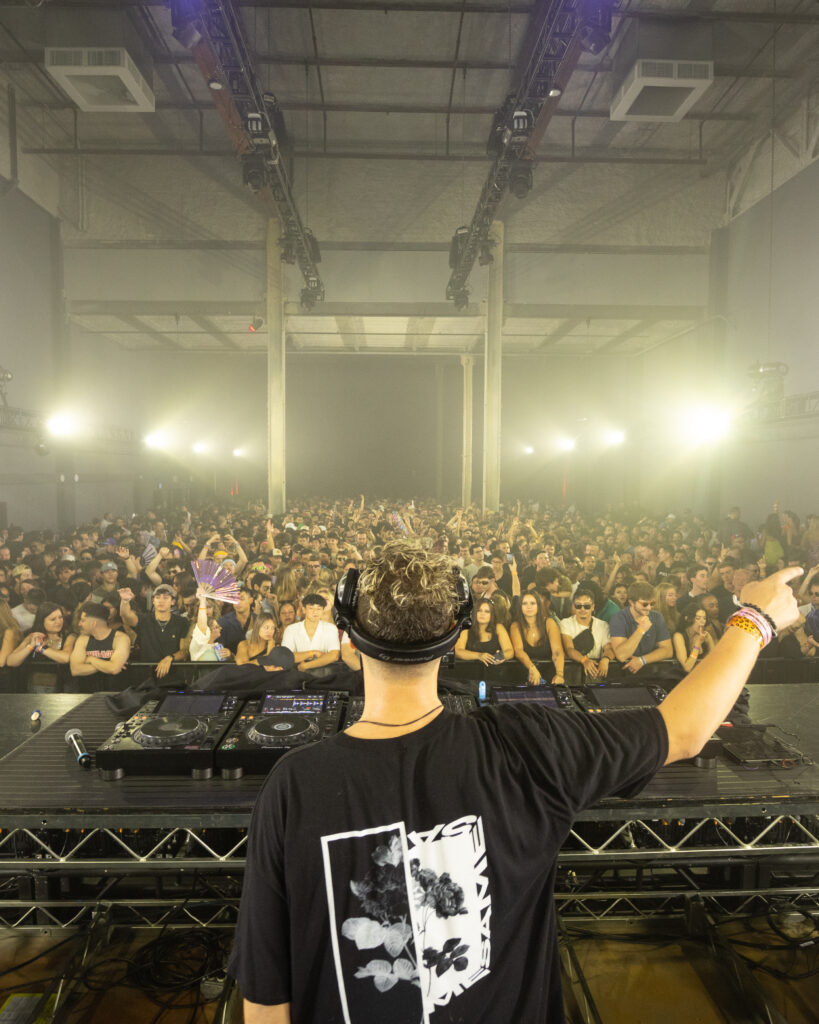
You’ve worked with vocalists like Ron Carroll and Leo Wood, each bringing something unique. What drew you to these voices, and how do you see vocals shaping the future of your sound?
Working with Leo was seamless and enjoyable; our communication flowed effortlessly, leading to a fruitful collaboration. Similarly, teaming up with the talented and kind-hearted Ron Carroll on “Daydream” was a dream come true. Our friendship and shared passion for music resulted in a truly special creation.
You’ve collaborated with MAA Films on the visuals for “Time Stops.” How do you feel cinematic visuals enhance the experience of your music, and do you see yourself leaning more into this in the future?
Building on our previous collaborations, Marcus and I developed a strong creative partnership. This enabled me to introduce the concept of precognition, where a dreamt moment manifests in reality, leading to déjà vu. We delved into the pseudoscience behind this idea and expanded it to represent the theme “nothing is as it seems.” We depicted a character revisiting a moment from a new perspective and incorporated the duality of nightlife and the transcendence of physical boundaries. Ultimately, we created a narrative about time stopping within a dream.
You described the visuals for “Time Stops” as both cinematic and symbolic. Can you share any behind-the-scenes moments or creative decisions that made this video stand out from your previous collaborations?
The “Time Stops” music video offers a visually captivating experience with several distinctive elements. A key highlight is the inclusion of an animated, 3D jellyfish—inspired by the album’s main artwork—that engages with the characters, symbolizing the dream component of precognition. This digital entity allows the protagonist to reflect on their life and gain deeper insight. The video’s filming locations add to its intrigue, featuring personal spaces like my bedroom and common areas in my building, made possible by Stu and Mike’s kindness. Scenes at Kashmir Nightclub in Chicago and Humboldt Park lend an intimate touch to the production, capturing a unique vibe that complements the song’s themes. I even make a cameo in the video, as it was filmed during an actual party we hosted in August. I’m also incredibly grateful to One Vodka for providing us with alcohol, Red Bull for donating cases, and Freshie for their support. All these elements came together to create a video that is both visually stunning and deeply personal.
You’ve spoken about deconstructing your favorite tracks early on in your career. Looking back, how do you think this practice shaped your technical approach to producing an album like “Dream Sequence”?
My music production journey began with deconstructing my favorite tracks, a process that helped me understand the various techniques artists employed to create unique sounds, layers, melodies, and percussion patterns. By learning these methods, I gained the skills necessary to develop my own production style and tailor it to my preferences. Ultimately, while we may not be inventing something entirely new, we are reshaping and redefining existing elements, modifying their appearance, purpose, and character to create something that is uniquely our own.
You’ve gained support from some big names in the industry, and now with “Dream Sequence,” you’re hitting another milestone. What goals do you have for the future, and where do you want this album to take you?
My aspirations for the future include performing on prestigious stages such as EDC Las Vegas, Tomorrowland, and Coachella. Additionally, I aim to collaborate with artists I admire, learning from their creative process and expanding my skills as a musician. My ultimate goal is for this album to inspire listeners to chase their dreams and craft their own unique sequences, just as I have done with my music.
Playing sets at Burning Man and the Electric Forest afterparty must have been incredible. How do these live experiences feed back into your studio work and vice versa?
As an artist, my work is inherently influenced by the experiences I live through. From my surroundings to my emotions, thoughts, and experiences, they all inevitably shape the way I write, feel, and reflect. This intertwining of life and art creates a unique and deeply personal connection between myself and my creations, allowing me to share a piece of my story with my audience.
Time Stops is out now on AK & Friends

